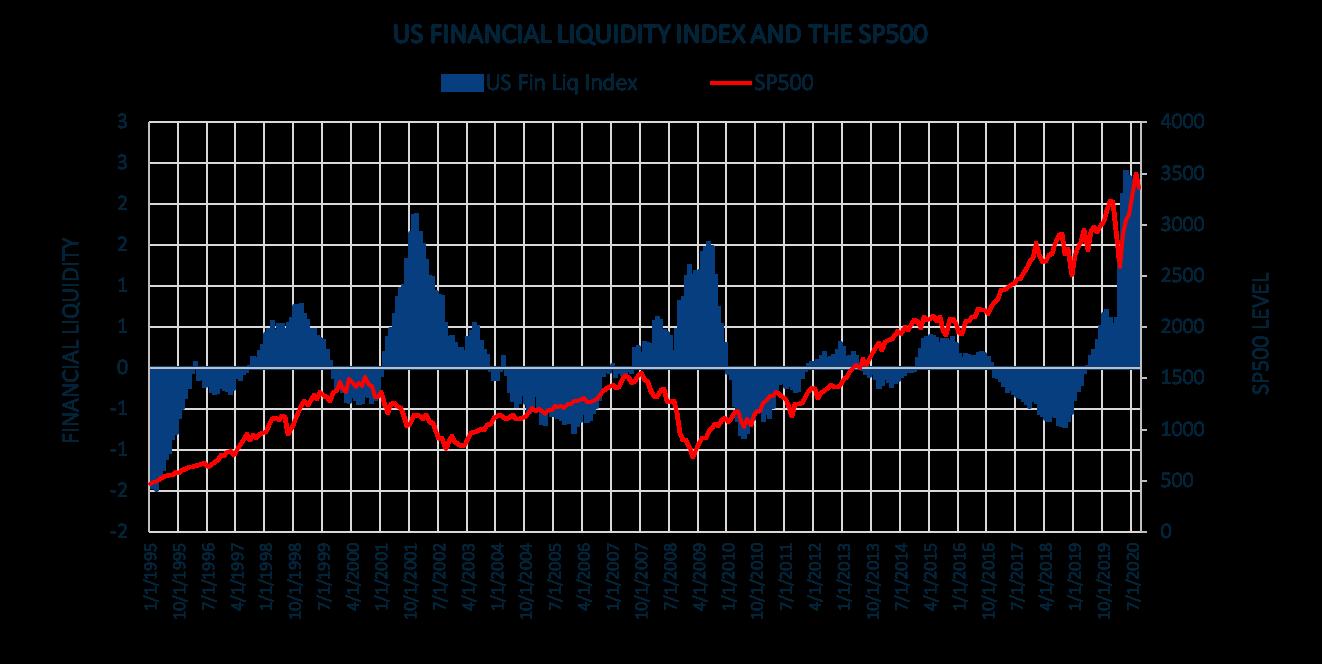
2 minute read
Understanding preservation options when every cent counts

LOUIS THERON, Head: Investments and Annuity Products: Liberty Corporate
A mere 6% of retirement fund members choose to preserve their savings when leaving their employers. The other 94% of members choose cash and must restart their retirement savings journey, often from zero.
In this time, when the impact of the COVID-19 pandemic has placed enormous financial strain on families, it has never been more important for members to preserve their retirement savings. Yet, in challenging times, the important decision members have to make when choosing to preserve their funds cannot be underestimated.
In an attempt to improve preservation levels, Regulation 38 of the Pension Funds Act has required all retirement funds to make in-fund preservation available since 1 March 2019. This allows a member who has left their employer to retain their savings in the fund while no longer contributing into the fund. Some important differences exist between in-fund preservation and traditional ‘out-of-fund’ alternatives like preservation funds and retirement annuities. Understanding these can make a notable difference to a member’s retirement journey.
In-fund preservation options typically charge lower fees
Regulation 38 specifically requires that, inside a fund, a preservation member continues to have access to the same list of investment portfolios at the same or a lower price. Fees could be substantially higher for some out-of-fund alternatives. The picture below illustrates the compounding effect that lower fees have on a member’s preserved savings leading up to retirement.
Assuming the same investment growth and advice fees for both options, this example shows that the accumulated preserved retirement savings of a 22-year-old member can be 53% higher (i.e. the blue line is above the red line) as a result of the underlying fees charged. The red line assumes an annual investment management fee of 1.5% and the blue line assumes 0.35%. In current economic times, with investment performance under pressure, lower fees can add substantial value to a member.

In-fund preservation options do not require transfer forms
To choose in-fund preservation can be as simple as ticking a box. As the member remains in the fund, they do not need transfer documentation such as recognition of transfer and Section 14 documents. The COVID-19 pandemic has made face-to-face consultations with members difficult for financial advisers and product providers, so having a more seamless preservation process can benefit all parties.
Partial withdrawals and advice fees
Out-of-fund preservation options allow members to make a partial withdrawal from their preserved retirement savings. This can be at inception or a once-off before retirement. For in-fund preservation, the preserved member remains a fund member and, as such, is not allowed to make a partial withdrawal until a claim event happens, such as retirement, death or withdrawal. Both in-fund and out-of-fund preservation options allow a member to pay negotiated advice fees to their financial adviser. In the case of in-fund preservation, it is up to the fund trustees to approve the facilitation of any advice fee payments as an expense from the fund. With an out-of-fund preservation option, legislation dictates the usual commission and ongoing adviser fee limits.
In current economic times, it is important to carefully consider any payment from a member’s preserved retirement savings against the value gained from doing so, and the longer-term impact it has on the member’s ability to retire comfortably. A financial adviser can assist a member to better understand these trade-offs.










